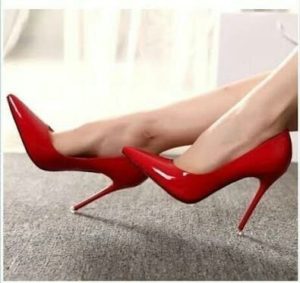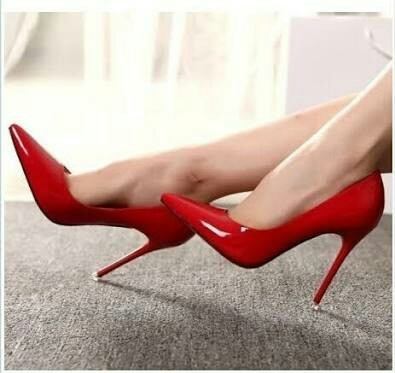The footwear industry’s economic scenario improves: production, exports, and domestic consumption during the first six months of 2017 were on the rise and, even if the recovery is not yet fully underway, there are still many encouraging signals that could evolve into rewarding dynamins in the short to mid-term.

Production is the first positive factor: based on the data received from Assocalzaturifici’s members, midway through 2017, there should be a rise in production equal to +2.9%. The second positive factor regards domestic consumption, which, after many years of stagnation, has returned to a positive trend of growth: +0.4% in volume and +0.9% in value over the same period last year, with a greater focus on price by Italian families (the average price is up only +0.5%).
Exports, instead, recorded the best performance, with 93.8 million pairs exported (1.3 million more than the first six-month period of 2016) for a value equal to 3.77 billion euros (+3.5%) during the first five months of the year: the highest value registered by Made in Italy shoe exports over the last fifteen years. Moreover, an upward trend characterizes both EU and non-EU markets. The former sees a return to growth in France (+2.5% in quantity), which is reconfirmed as the first destination for Italian footwear, also thanks to the orders booked by leading designer labels. Germany instead experiences some difficulty (at -2.8%), while the performance of Spain and Austria are encouraging (respectively +18% and +11.6%).

Outside of the EU, there is a more sustained kind of global growth, with different results for different areas. In Russia and the CIS area, a partial recovery continues with +29% in quantity and +14.3% in value, while the average price falls by -11% at the same time. In Europe, but outside of the Union, Switzerland continues to grow, recording +8.9% in quantity, also thanks to its role as a distributive platform for fashion brands; while Turkey continues to fall with a -20%. In North America, the USA recovers in terms of volume, but loses in terms of value (+5% and -6.8%); while Canada drops off dramatically with a -13% in both volume and value. The Middle East puts a halt to its downtrend (+0.1% in volume, +4.4% in value), but a negative trend persists in the United Arab Emirates (-3.2% in quantity) and in Saudi Arabia (-22%). Finally, there is a slowdown in the Far East, one of the most dynamic areas in recent years, with significant drops in Japan (-13% in volume) and Hong Kong (-9.5%), while China records +7.7% (but with values decreasing) and South Korea confirms double-digit growth: +12 in volume and +19% in value.

Between January and May 2017, imports, instead, decreased, with sharp drops in imports from the three main suppliers – China (-10.2% in quantity), Romania (-17.6%) and Vietnam (–19.6%). On the other hand, there was an increase in triangulations with Belgium (+4.7%) and Holland (+20.4%).
As a result of these dynamics, the foreign trade balance achieves a new record of 1.74 billion euros, with an annual average growth rate of +8.2%: an important number, confirming the contribution of the footwear industry to the Italian foreign trade balance, which reached 14.56 billion euros during the same period.
In light of these trends, what are the year-end forecasts for 2017? It depends. There are many unknown economic and political factors at play that could affect sector performance, above all, in foreign markets: from the strong euro, to the uncertainty surrounding the new American presidency; the escalation in North Korea; the terrorist threat that influences tourism flows; the new regulatory terms of trade with the United Kingdom after Brexit; and the economic sanctions against Russia, which will be prolonged for another six months…  Nevertheless, there are a number of potential opportunities, including especially those created by the bilateral trade agreements of the EU with important commercial partners worldwide: first is Canada, with the finalization of the CETA agreement that will enter into force provisionally, but with the immediate elimination of customs duties on imports starting September 21st. Next, is Japan, where a general agreement was signed that calls for the lowering of customs duties on footwear (from 30% to 21%) and the elimination of all current tariffs. Moreover, there is optimism also for the relaunching of the trade negotiations with Mercosur, which includes Brazil among its member countries.
Nevertheless, there are a number of potential opportunities, including especially those created by the bilateral trade agreements of the EU with important commercial partners worldwide: first is Canada, with the finalization of the CETA agreement that will enter into force provisionally, but with the immediate elimination of customs duties on imports starting September 21st. Next, is Japan, where a general agreement was signed that calls for the lowering of customs duties on footwear (from 30% to 21%) and the elimination of all current tariffs. Moreover, there is optimism also for the relaunching of the trade negotiations with Mercosur, which includes Brazil among its member countries.
Thus, the games for Made in Italy footwear continue in full force.



